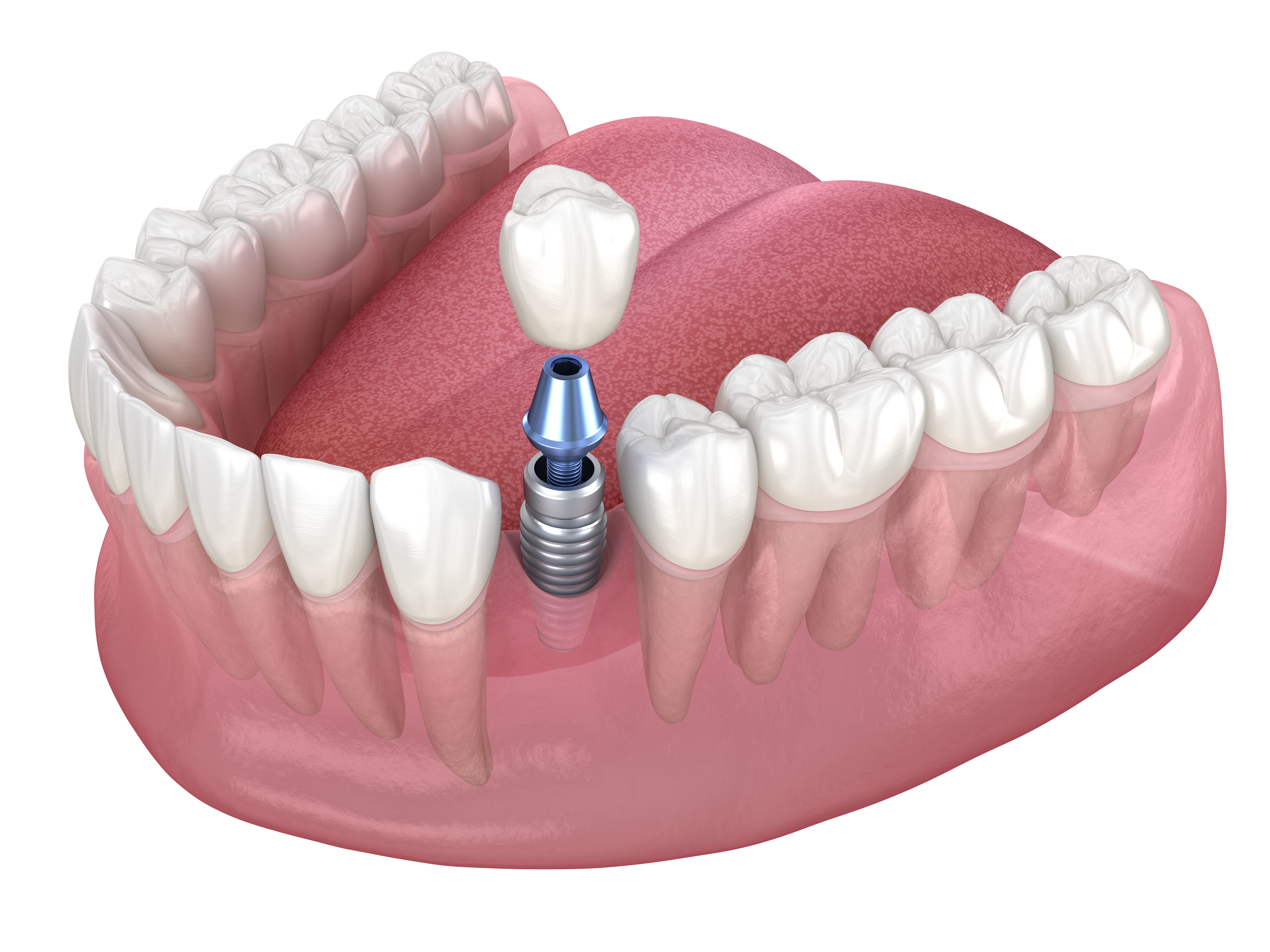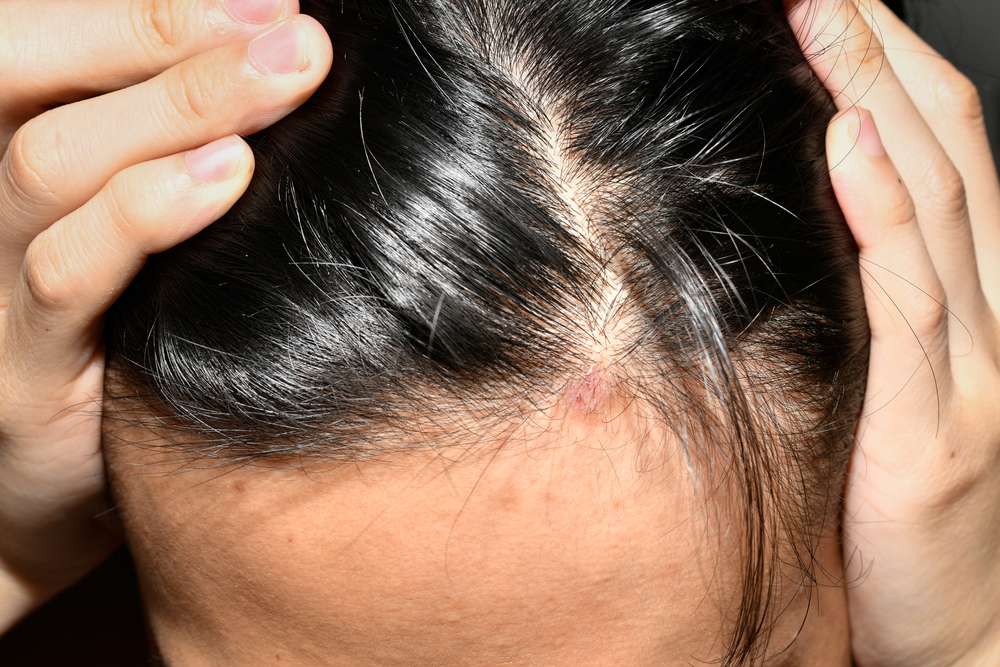What to Know About Screwless Dental Implants in 2025
Screwless dental implants are gaining attention for their minimally invasive approach and advanced technology. For adults considering tooth replacement, understanding how these implants differ from traditional options can help in making an informed decision. Here is what you should know before exploring providers.

Types of Dental Implants and How Screwless Implants Compare
Traditional dental implants typically consist of three components: a titanium screw surgically embedded into the jawbone, an abutment secured to the implant with a screw, and a prosthetic crown attached to the abutment. This system has been the gold standard for decades, with success rates often exceeding 95%.
Screwless dental implants, by contrast, utilize innovative connection mechanisms that eliminate the need for screws. These systems commonly use friction-fit connections, morse taper designs, or locking mechanisms that create secure bonds without threaded components. The primary advantages include:
-
Reduced micro-movement between components, potentially decreasing bone loss around the implant
-
Elimination of screw loosening problems that can affect traditional implants
-
Simplified placement procedures with fewer components
-
Better seal between components, reducing bacterial infiltration
-
Improved aesthetics, especially in the anterior region where screw access holes aren’t needed
The main categories of screwless systems include press-fit implants, friction-fit connections, and magnetic retention systems. While traditional screw-based implants remain widely used, screwless options are gaining popularity for specific clinical situations, particularly in aesthetically demanding cases or where simplifying maintenance is a priority.
Cost Range for Screwless Dental Implants in the US
The investment in screwless dental implant technology reflects both the advanced materials used and the specialized training required for proper placement. In 2025, patients can expect varying costs based on several factors:
-
Geographic location (urban centers typically command higher fees)
-
Provider experience and specialization
-
Number of implants needed
-
Need for preparatory procedures like bone grafting
-
Type of restoration (single crown vs. full-arch solutions)
For a single screwless dental implant with restoration, patients typically can expect to pay between $3,500 and $6,500. Full-arch solutions utilizing screwless technology generally range from $25,000 to $40,000 per arch, depending on the system used and complexity of the case.
| Provider Type | Single Implant Cost | Full-Arch Solution |
|---|---|---|
| Urban Specialist Practice | $4,500 - $6,500 | $30,000 - $40,000 |
| Suburban Practice | $3,800 - $5,000 | $27,000 - $35,000 |
| Dental School Clinic | $3,200 - $4,200 | $24,000 - $32,000 |
| Corporate Dental Chain | $3,500 - $5,000 | $26,000 - $36,000 |
Prices, rates, or cost estimates mentioned in this article are based on the latest available information but may change over time. Independent research is advised before making financial decisions.
Insurance coverage for screwless implants varies widely, with many plans offering partial coverage or fixed allowances. Financing options have expanded in recent years, with many practices offering in-house payment plans or partnerships with third-party financing companies that specialize in healthcare procedures.
Availability of Dental Implant Specialists by Region
The availability of providers offering screwless dental implant systems varies considerably across the United States. Major metropolitan areas typically offer the greatest concentration of specialists trained in advanced implant techniques, while rural areas may have more limited options.
In 2025, the distribution of implant specialists shows distinct regional patterns:
-
Northeast Corridor: High concentration of specialists, particularly in Boston, New York, and Philadelphia, with extensive experience in screwless systems
-
California: Significant numbers of specialists in Los Angeles, San Francisco, and San Diego, often at the forefront of adopting new implant technologies
-
Texas Medical Centers: Growing availability in Houston, Dallas, and Austin
-
Florida: Strong presence in Miami, Orlando, and Tampa, particularly catering to the retirement community
-
Midwest: Concentrated in major cities like Chicago and Minneapolis, with fewer options in rural areas
-
Mountain West: Limited specialists outside of Denver and Salt Lake City
-
Pacific Northwest: Moderate availability in Seattle and Portland
Many patients in underserved areas may need to travel to receive treatment from providers experienced with screwless implant systems. Telemedicine consultations have become more common for initial assessments, though in-person visits remain necessary for the surgical procedures and follow-up care.
Key Questions to Ask Before Choosing an Implant Provider
Selecting the right provider for screwless dental implant treatment requires careful consideration. Before making your decision, prepare to ask these essential questions:
-
What is your specific experience with screwless dental implant systems? How many have you placed?
-
Which screwless implant system do you recommend for my situation and why?
-
What specialized training have you completed specifically for this implant system?
-
Can you show me before-and-after photos of similar cases you’ve completed?
-
What is your success rate with screwless implants compared to traditional systems?
-
How do you handle potential complications if they arise?
-
What diagnostic technology do you use for treatment planning?
-
What is the complete treatment timeline, including healing periods?
-
What maintenance will these implants require compared to traditional systems?
-
Do you offer a warranty or guarantee on the implant work?
Additionally, inquire about the specific advantages the provider sees in screwless systems for your particular case. Some patients may benefit more than others from this technology based on their oral anatomy, aesthetic requirements, and functional needs.
Conclusion
Screwless dental implants represent a significant advancement in tooth replacement technology, offering potential benefits in terms of simplicity, aesthetics, and long-term stability. As with any dental procedure, careful consideration of provider expertise, cost factors, and individual clinical needs should guide your decision-making process. By understanding the different types of implant systems available, realistic cost expectations, regional availability of specialists, and important questions to ask potential providers, you can approach the decision with confidence and clarity.
This article is for informational purposes only and should not be considered medical advice. Please consult a qualified healthcare professional for personalized guidance and treatment.




